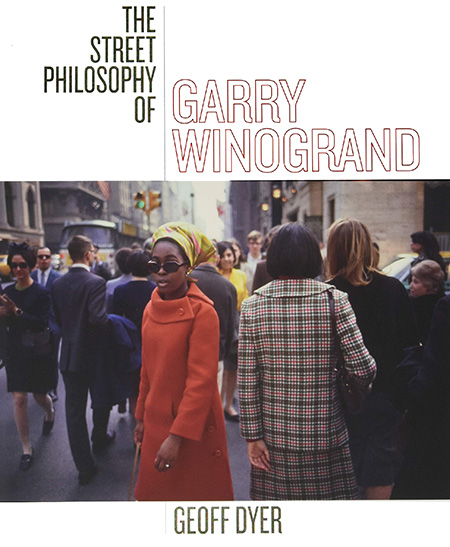Born in New York City in 1928 Garry Winogrand began taking photographs in the 1940s. He was to become one of the most significant photographers of his era, documenting street life in America during the 1950s, 60s and 70s.
The photographer’s work, like that of many of his generation, was influenced by Robert Frank’s seminal work The Americans. There are also strong echoes of the gritty output of Weegee in many of his pictures and there are parallels with the images of Diane Arbus, with whom he co-exhibited. His oeuvre likewise continues to influence the output of more recent ‘street photographers’ although he rejected that description of his photography.
Winogrand concentrated on capturing the unplanned happenings of daily life ranging from the mundane to the bizarre. His work explores the foibles of the human condition, displaying pathos, wit and irony. Arbus described Winogrand as “an instinctive, nearly primitive ironist, so totally without malice, so unflinching, even cheerful”.


Presetting his Leica with 28mm wide-angle fitted Winogrand grabbed his images ‘guerilla’ style often so quickly that his subjects were unaware they had been photographed.
He paid very little attention to formal composition and many of his images are tilted at an angle.
By getting in close with the wide-angle he became part of the unfolding action rather than a simple observer while the viewer is pulled along with him into the midst of the crowd.
Garry Winogrand was prolific, he shot over a million images in his time, a staggering number amounting to approximately 30,000 rolls of 36-exposure film!
However, the photographer was rarely completely satisfied with his results, regarding the majority of his pictures as ‘near misses’. He left four thousand rolls of film processed but not printed and another two-and-half thousand rolls not even developed.

He also shot colour when few other ‘serious’ photographers did
Although Winogrand is best known for his black and white images, he often carried two cameras. The second was loaded with Kodachrome colour transparency film and the archive of his pictures contains some 45,000 colour slides.
While Winogrand has perhaps received less attention than some of his contemporaries, his body of work stands as one of the most important produced in the 20th century, with many of his images achieving truly iconic status.